I went to virtual space, man, to meet spaceman Chris Hadfield
A virtual space odyssey
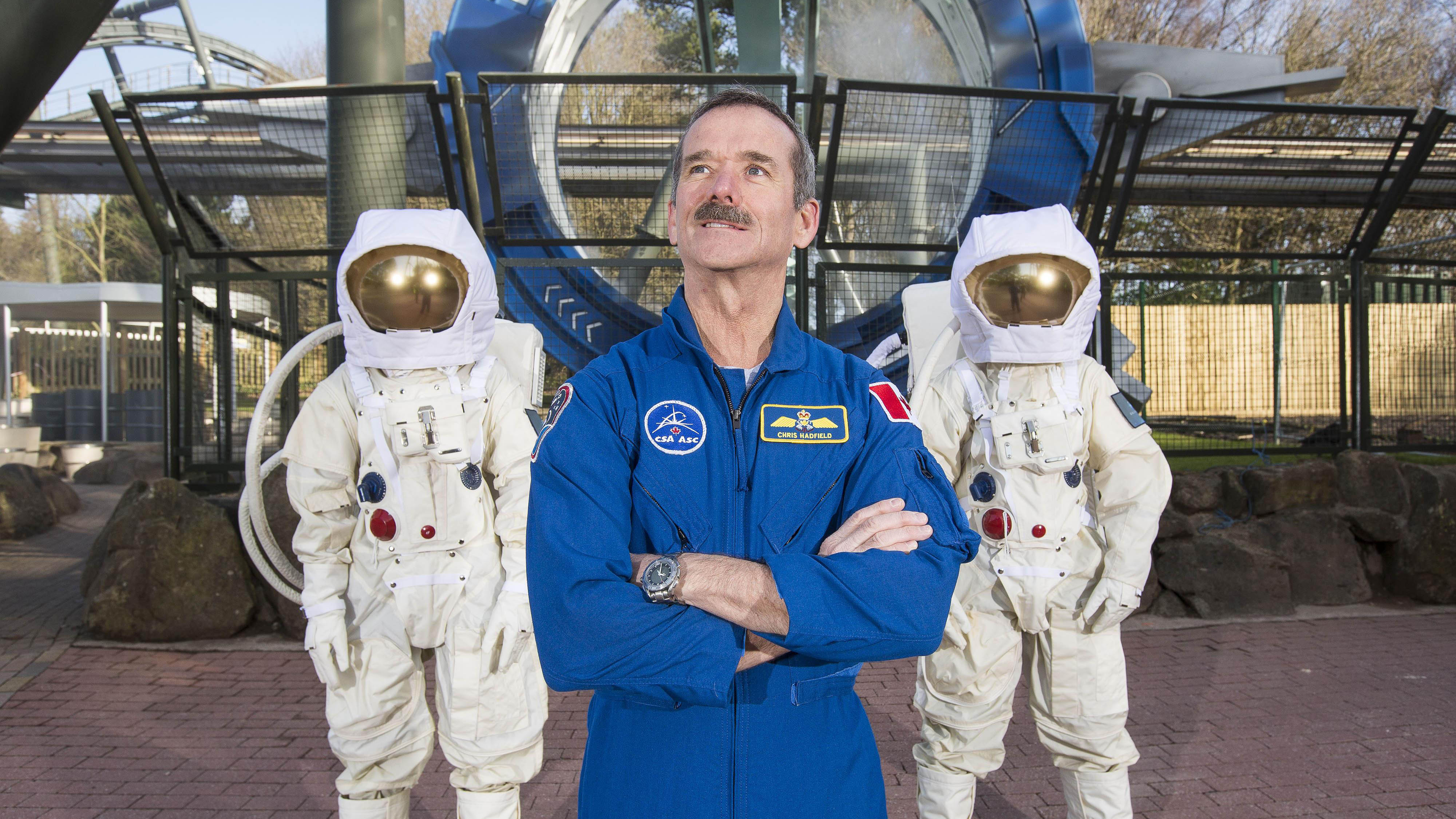
A building site in Staffordshire, in the UK, isn't a normal place to meet an astronaut. But that's where techradar found itself recently, when it caught up with Chris Hadfield about space, the universe and everything in between.
Hadfield was there, as were we, to try out the a new VR-infused roller coaster at Alton Towers. Called Galactica, the attraction is a virtual ride through space where passengers get to experience what high g-force pressure feels like, while racing around a track with a Gear VR strapped to their face.
For us, this was an adrenaline rush. For Hadfield - who's been to the Mir space station three times and the ISS twice - it's probably no different than brushing his teeth.
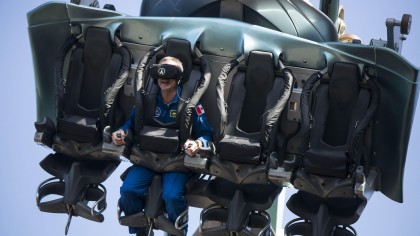
It turns out, for him, VR and space are old hat, but when combined, Galactica offered up a new experience for the astronaut.
"I have used a lot of virtual reality before. I used it as a pilot, a fighter pilot, a test pilot, in dome simulators, then as an astronaut - for space shuttle launches and landings and to do space walks, as well.
"But never have I had the integration of not just the visuals but the full body motion, with the wind going by. It becomes much more powerfully evocative than I though it would," explains Hadfield.
"You burst out laughing the whole time [on the ride] but it's also very interesting. I enjoyed the whole experience."
Sign up for breaking news, reviews, opinion, top tech deals, and more.
VR training
The virtual reality experience of Galactica is meant to be pure fantasy - a way to transport thrill-seekers into a CG-embossed space world. But Hadfield does note that the VR experience has some grounding in the real-life training that Nasa offers - it's one of the best ways for budding astronauts to experience the toils of space.
"The first time I used VR was with Nasa in the 1990s, as part of the training for space walks. It started off pretty clunky, but it has gotten better over time."
The problem Nasa has had with its VR is the lack of movement. In the VR business, this is called the 'locomotion effect'. Without it, sometimes the experience falls flat.
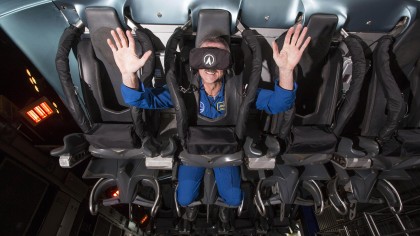
"At Nasa, you are sitting still and the visuals are moving. It's not like Galactica, where you not only get the full visuals but the motion and the wind and the full experience."
In regards to how Nasa might learn from the Galactica roller coaster, he states: "I think the idea of a full-motion vehicle like a roller coaster, combined with the visuals, could be good in in terms of a practical trainer.
"We ride in centrifuges, we ride in simulators that shake, but the idea of full three-dimensions might get people ready for some of the experiences we have both as pilots and as astronauts."
Social space
Hadfield, while in space, made it his mission to spread the word about what he and his teammates were doing while on the ISS. Thanks to those efforts, us mere mortals back on Earth were given a fantastic glimpse of not just what space is like on the surface, but what it's like to live in space everyday.
For example, the video of Hadfield singing David Bowie's Space Oddity in zero gravity, despite YouTube's archaic copyright control taking it offline temporarily, has surpassed 3 million views and is the pinnacle of social network campaigns by any one person, let alone an astronaut.
Nasa couldn't have done better if it spent millions orchestrating PR proceedings, but for Hadfield, sharing his space-filled thoughts was about something much more profound than gaining Twitter followers.
"If you are in a position of doing something that is both very rare and also new and impactful for us as a species, it is nice to not just keep it to yourself," he explains.
"Now, with technology we have the capability of being able to share, not just to come back and put a picture on the wall but to bring people into the experience, offer the experience to people in real time."
Having access to social networks also helped Hadfield understand that what he was doing 250km up was of interest to many in the world below.
"Life on a spaceship is hugely busy. 99% of it nobody sees because you are wrapped up on the experiments and the work, but I also did my best to share it and there was a real joy in not just experiencing space on my own, but seeing and feeling the reflective reaction of millions of people back on Earth," he recalls.
"It deepened the experience for me. I felt like I wasn't just doing it for me but I could see and work with people all around the planet, getting a sense of the wonder and the magic and the newness of it."
Black out
Some things in space are hard to sum up in 140 characters, though. One of these is the first time an astronaut does a space walk. For Hadfield, no amount of training prepared him for doing it for real.
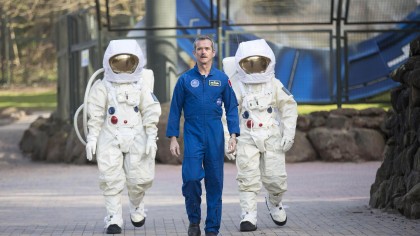
"When I did my first space walk, you have to pull yourself out of the ship, out of the hatch and into the universe. You can train for this physically back home, but you aren't properly set for the enormity of it - the colours, the texture and how that fits into context of the endless blackness of space itself. It is visually overpowering and hugely distracting," he says.
"It is hard to pay attention to your work, because of the newness of the experience of where you are.
"To do a spaceflight is to do a thousand favourite things at once, but one of my favourite moments was approaching and docking with Mir on my first flight. You fly up into the universe and you see something and it gets bigger and bigger and you realise it's a human-made spaceship out in the middle of nowhere. It's incongruous.
"To do a space walk is as bizarre and fulfilling experience as I could ever imagine. To be able to live on the ISS for five months, it is a slice of life that is incomparable and deepened and enriched my appreciation of everything that has come since."
As we ended our interview with Hadfield, we notice he has the word Pilot embossed on his jacket. Given his myriad space odysseys, this may well be the understatement of century.
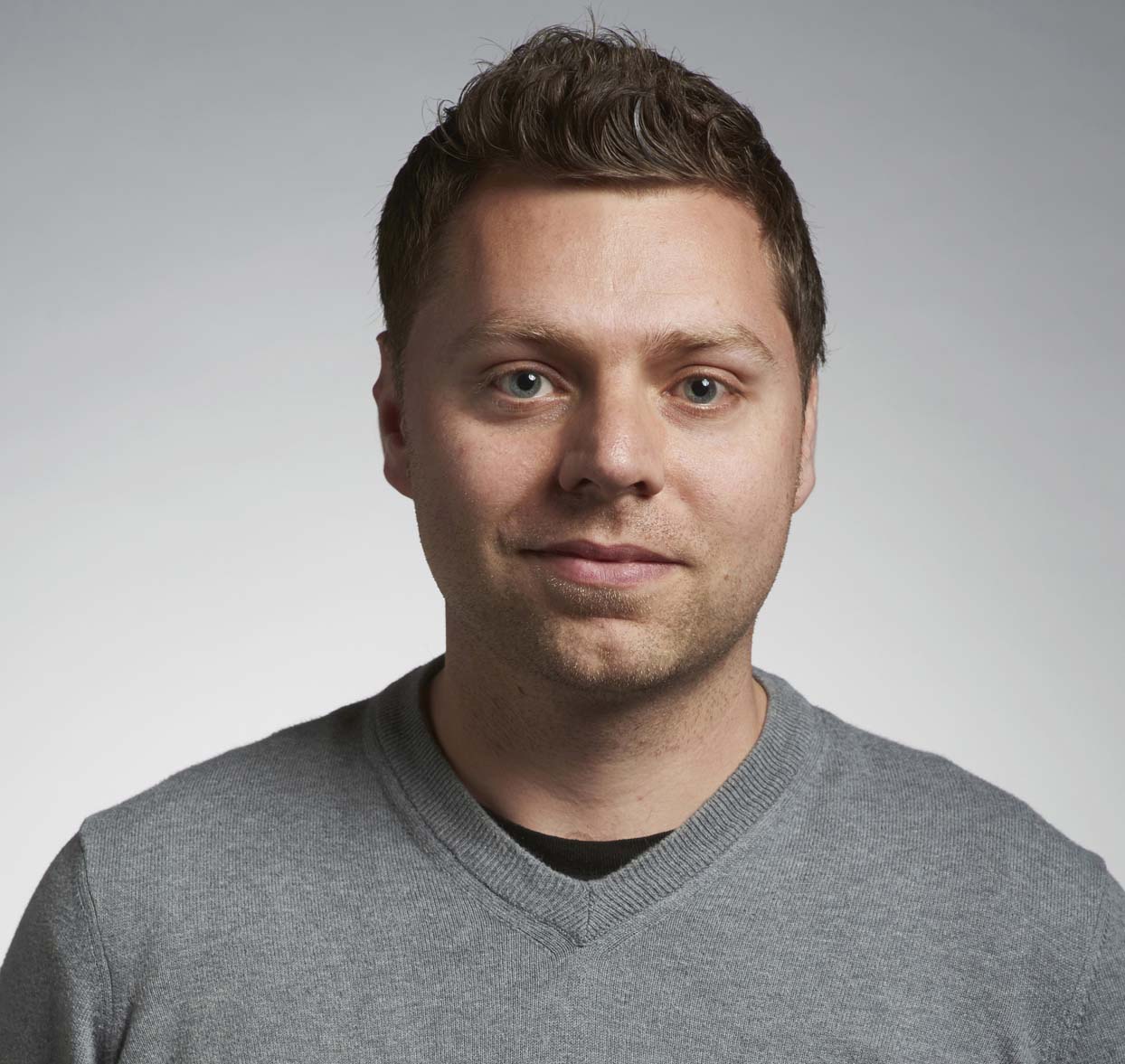
Marc Chacksfield is the Editor In Chief, Shortlist.com at DC Thomson. He started out life as a movie writer for numerous (now defunct) magazines and soon found himself online - editing a gaggle of gadget sites, including TechRadar, Digital Camera World and Tom's Guide UK. At Shortlist you'll find him mostly writing about movies and tech, so no change there then.

